«I don't wait until I find the perfect composition»
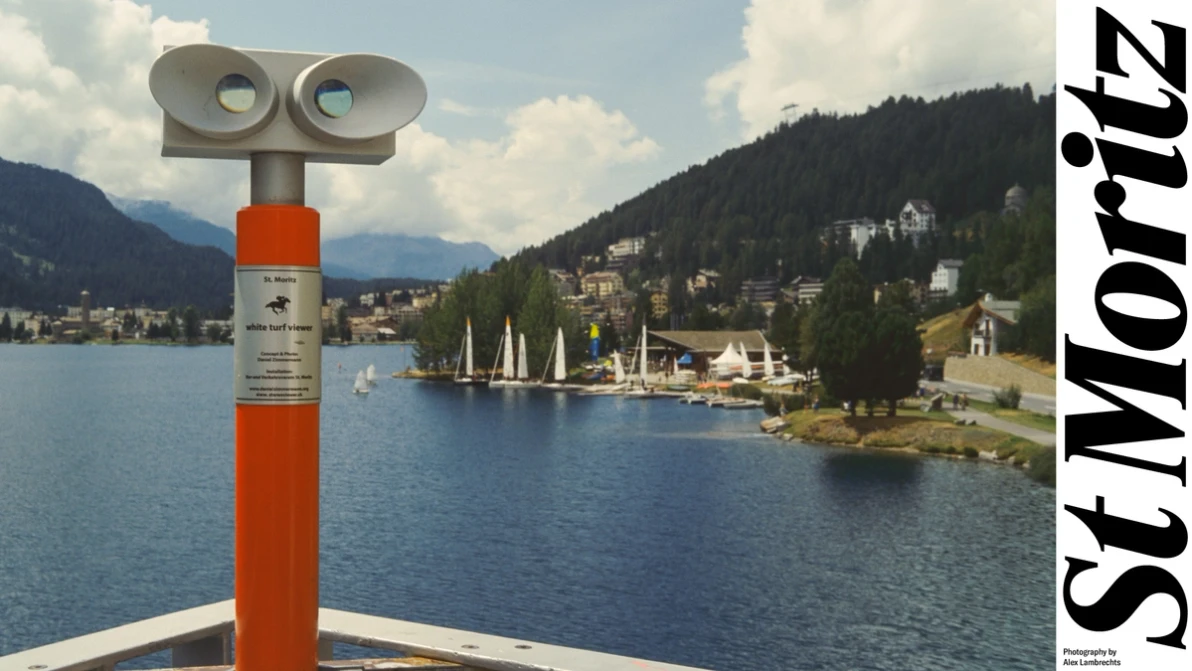
The Australian Alex Lambrechts is an internationally renowned fashion photographer and filmmaker who travels the world for various magazines and brands as well as for music and fashion labels. His work appears regularly in publications such as British Vogue, GQ, Nylon, Elle and L'Officiel. Alex is also known for his work as photographic director of the London-based fashion and interview magazine THE FALL. Recent fashion and advertising campaigns/collaborations include big names such as Hermès, Bulgari, Acqua Di Parma, Karl Lagerfeld Paris and Samsung.
We invited Alex last summer to photograph his version of St. Moritz in 72 hours. While he was here, we also asked him a few questions:
How would you describe your photographic style?
I would say that what distinguishes my work is my tendency to include multiple layers of subtle messaging whenever relevant or possible. Having said that though, once I find myself in the appropriate presence, I always aim to capture moments in the initial state when I’m feeling most excited or present, rather than waiting until I have the perfect composition, or optimal angle. By then, the special moment is lost, and what is captured is often an exaggeration, a contrived representation of what—until we tried to ‘perfect it’—was already ‘PERFECT’.
Is that why you shoot with old analogue cameras like Leica M and Rolleiflex? You have a lot fewer tries with these than with a digital camera.
I pretty much abhor the notion of taking multiple shots of something special. A great moment should need no embellishment. It’s more beautiful in its purity. That’s definitely why I love analogue photography so much. Sure, you can 'spray and pray’ with film just as you can with digital, and many commercial photographers do, but the images where that isn’t done seem far more visceral and worthy of pause. I think you can share in the honesty of that evolution. Also, without looking into the back of a digital camera to check if everything is ‘right’, you have to trust your intuition and know that the moment you captured was pure. After all, given enough time, and enough reviews, anyone can achieve the perfect photo.
From what you’ve said, I can guess what you think about image post-processing.
In photography we often talk about overly post-processed images in a negative way, but imagery can be over pre-produced too. Somewhat in juxtaposition to the last statement, however, one method I do enjoy using to make the moments I share 'my own' or to convey my feelings, is to use special film stocks and alternate processes, such as shooting ‘redscale’, where it enforces my messaging.
You achieve very special effects with your alternative processes. Can you tell us how you do that?
It's important for me that the processes, styles and treatments employed all reinforce my messaging or narrative. Redscale photography for example is one such process I often use for this purpose. It is achieved by flipping the film, and loading it into the camera with the reversed side facing forward. This forces the light to travel through the various emulsion layers at a different rate than prescribed by the manufacturer, thus over-exposing certain layers such as the red emulsion, so we can achieve these brilliant red and yellow tones you see. I also love the way this process seamlessly mixes with both cinema colour and black and white images to create a more expressive and complete story.
That’s amazing. What else would you like to say to our readers?
I hope you enjoy my 72-hour experience last summer in St. Moritz, and from it learn to appreciate the pure beauty of your own photography too!
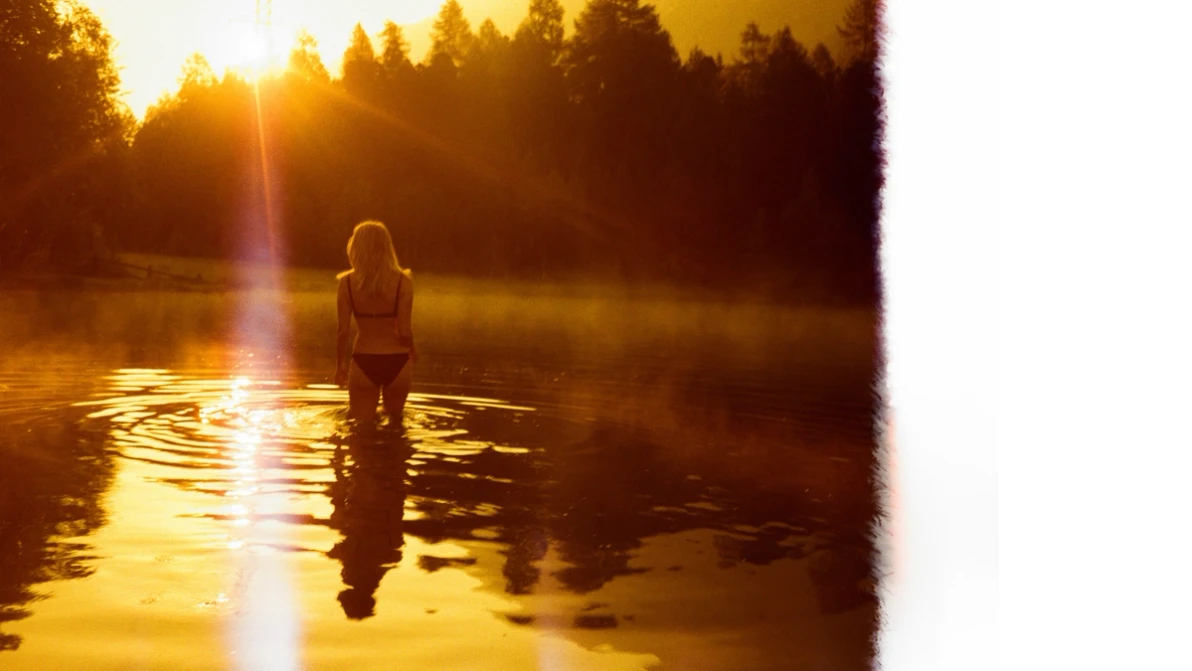


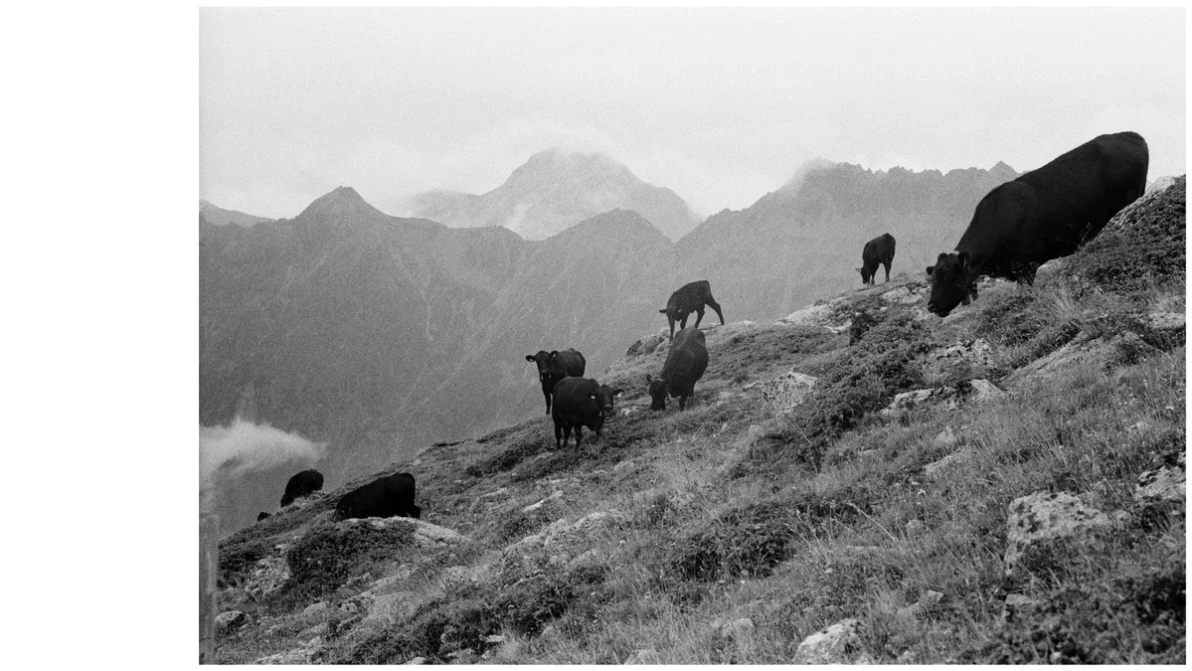
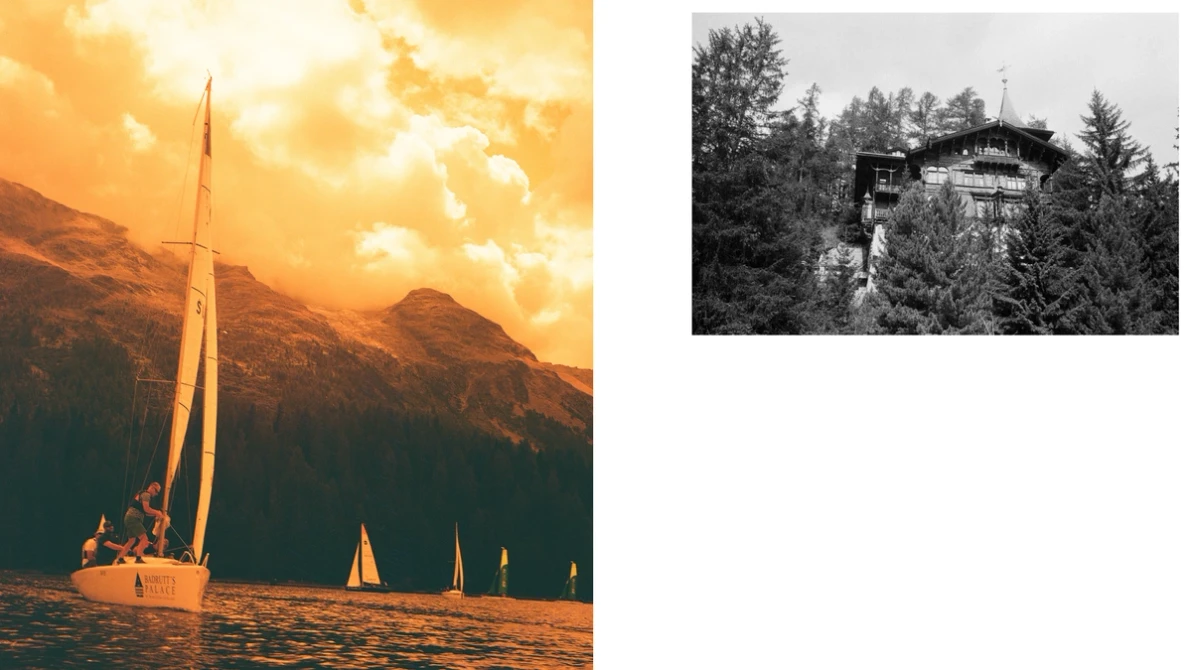
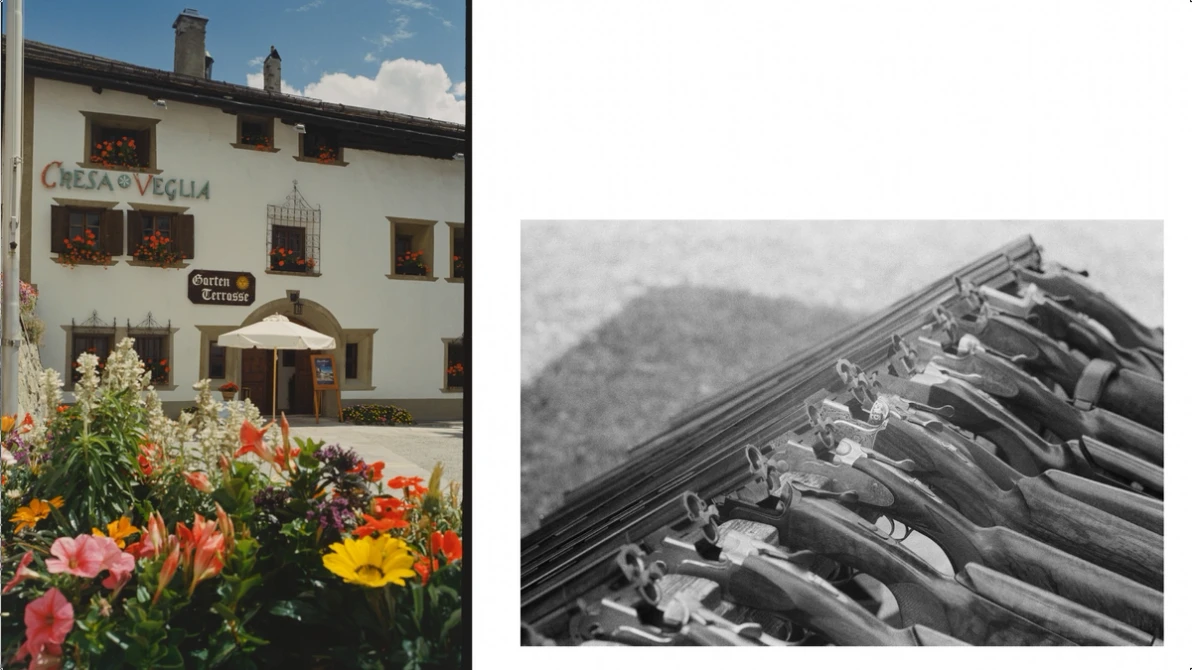
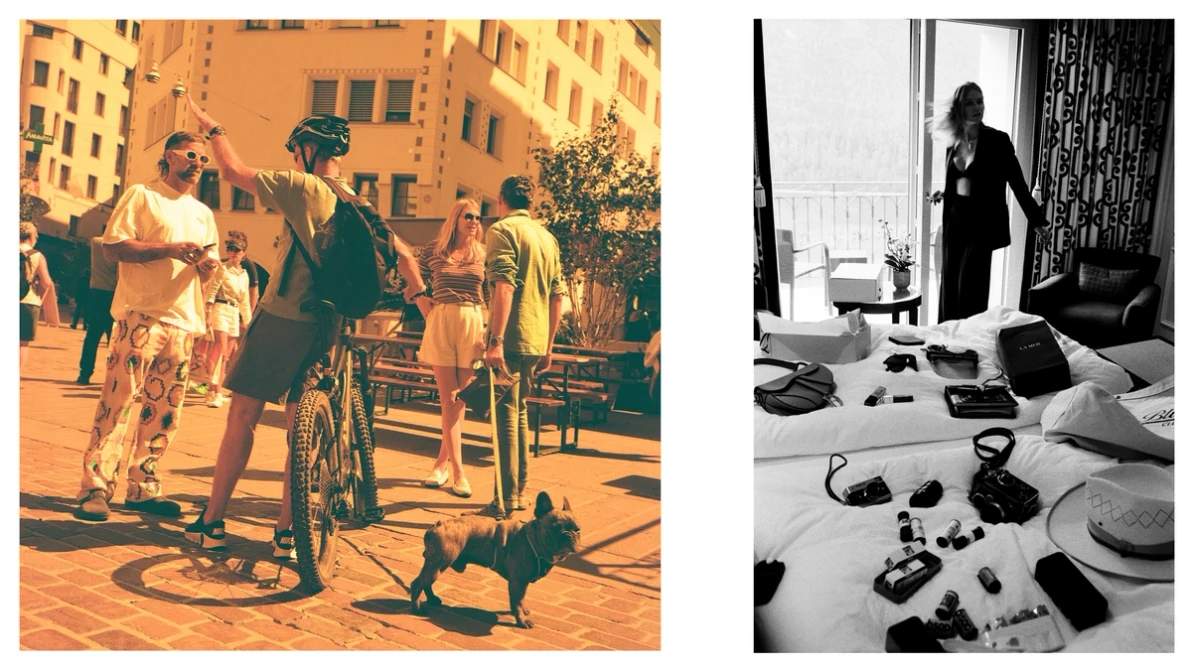


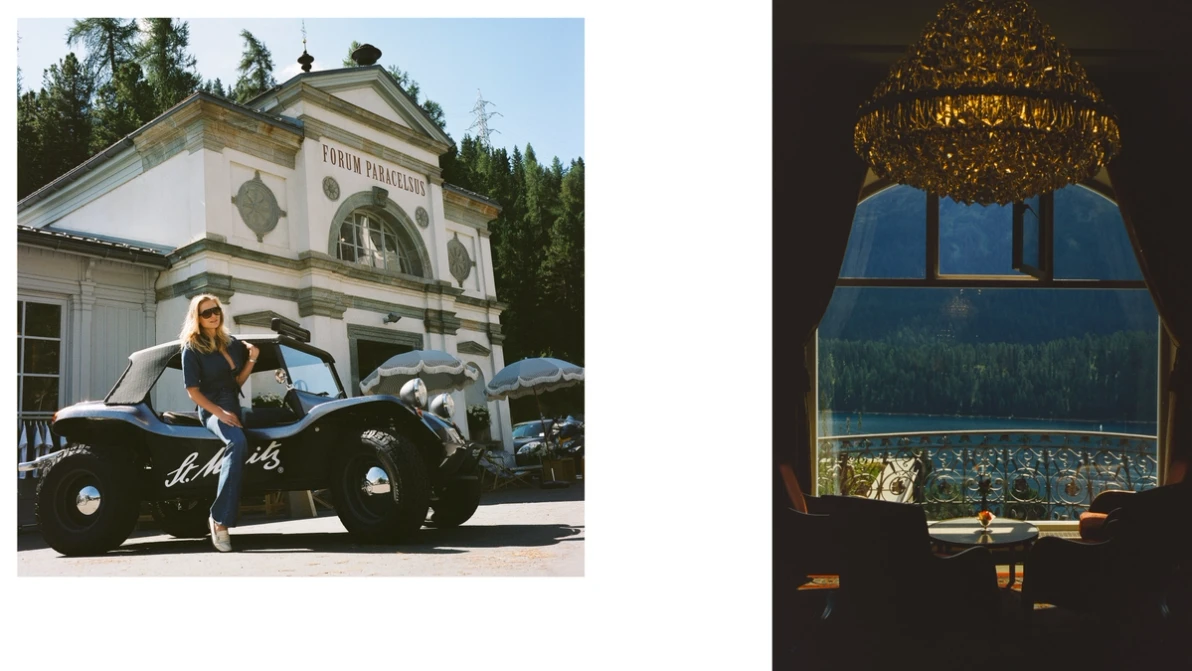
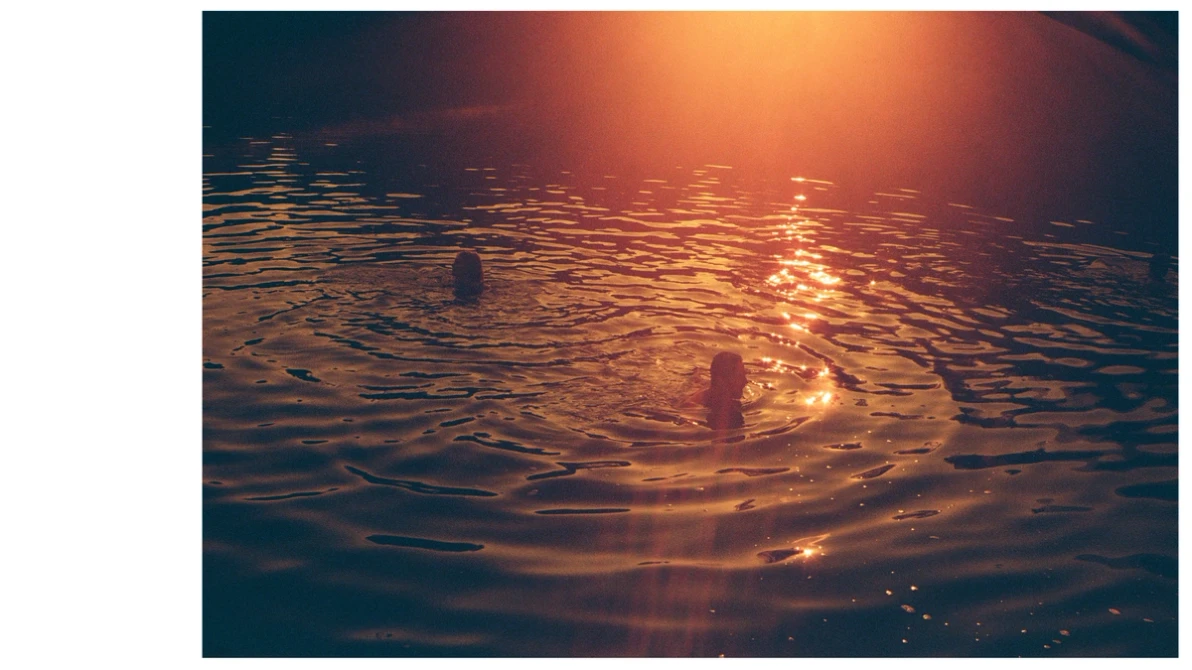


The newest issue of St. Moritz – Views from the Top is available at the Tourist Office and online!•Spring in St. Moritz – warm sunshine, birds chirping and slushy snow.•Inspiration for Spring?•














